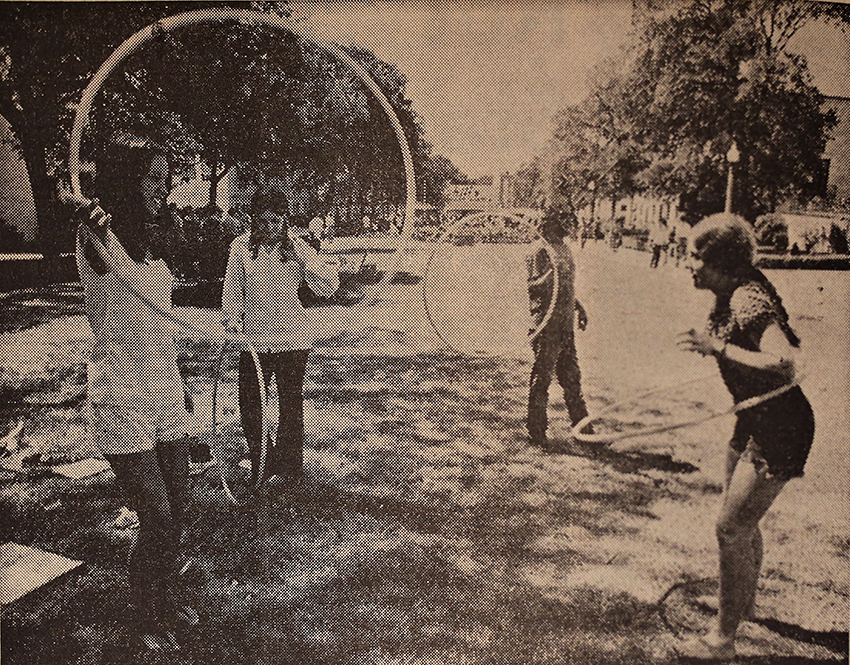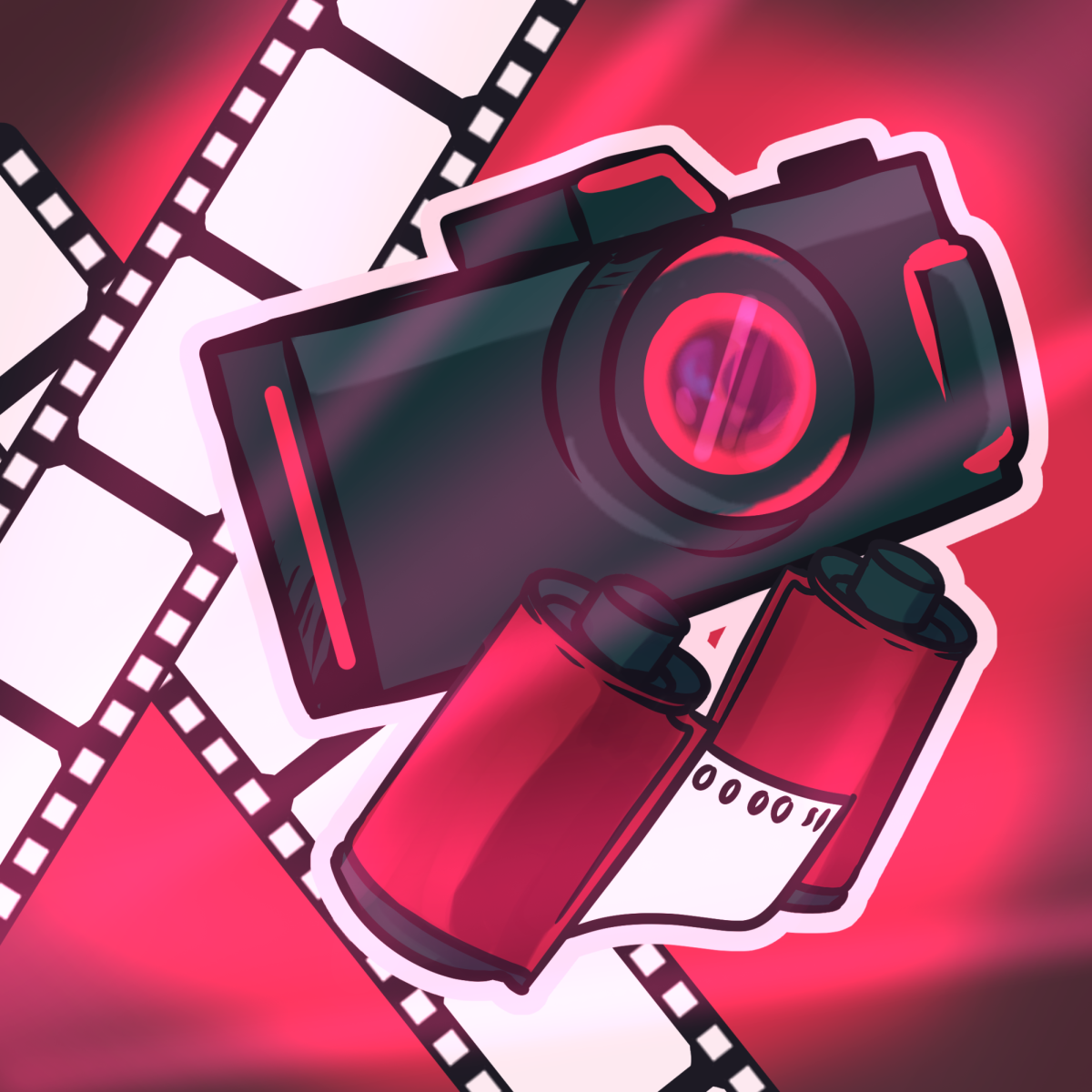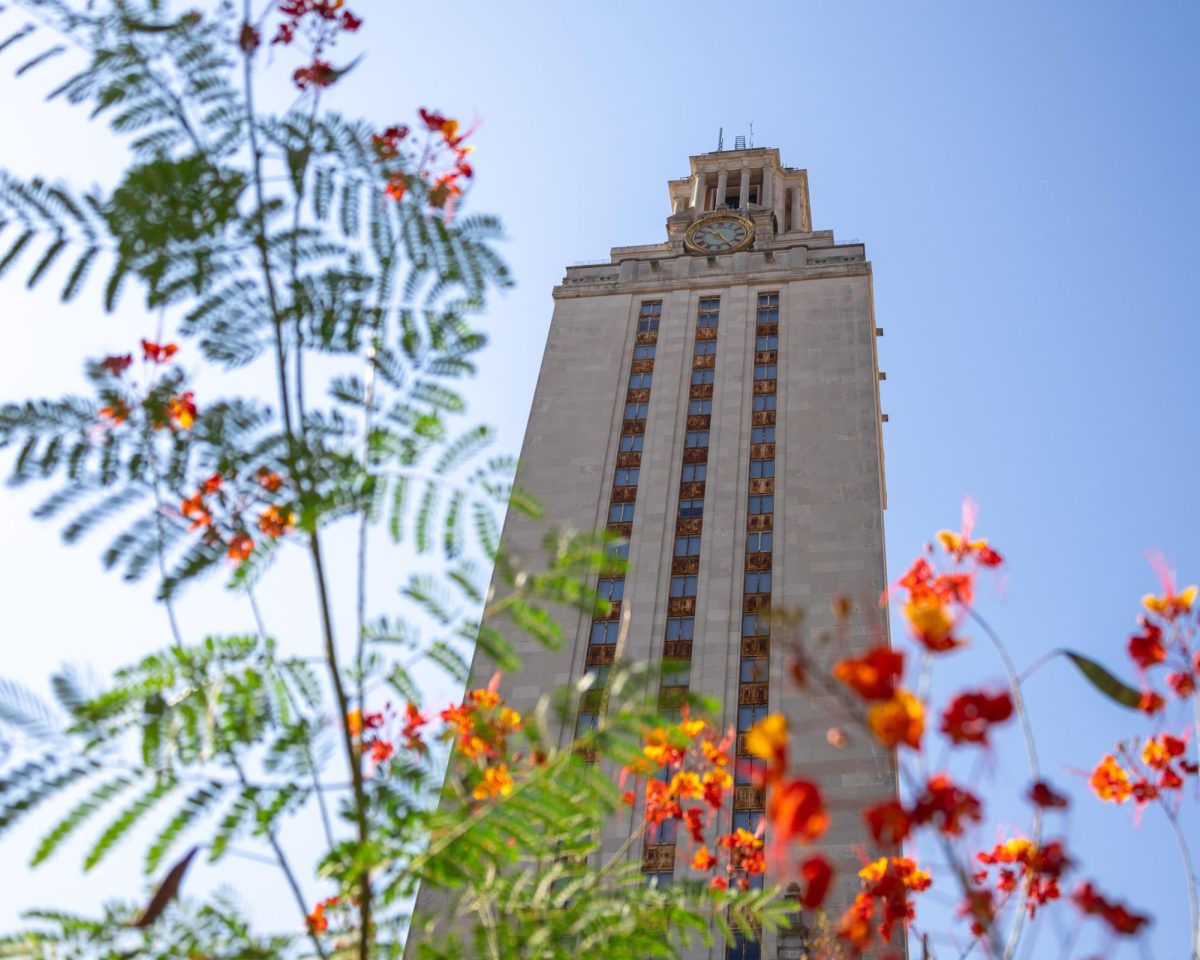In the early 1970s, the West Mall was bustling with students chatting with friends, marketing their organizations and leading protest. When students protested the campus carry law yesterday, the scene was much the same.
Home to war protests of the ’70s and gay rights rallies in the ’80s, the West Mall is often seen as a place for students to voice their opinions, but also as the main hub of University traffic because of its stable, animate design.
“It’s a landmark for the campus,” architecture professor Lawrence Speck said. “Those three malls have stuck. Since 1910, every master plan and all the buildings are organized around those malls.”
The West Mall in particular became an important space because it is the major passageway connecting West Campus with the academic buildings. Designed by Cass Gilbert, the pre-1973 West Mall resembled the South Mall with its grassy expanse, stone benches and metal pickets. But the buildings surrounding the West Mall were what differentiated it from campus’ other malls.
The Texas Union, built in 1933, was a place where students could gather for instruction and relaxation inside its large rooms or grab a snack from the snack bar. The Flawn Academic Center, formerly the Undergraduate Library and Academic Center, was built in 1963, and its armchairs and open design made it the most popular social spot for students.
“You put those [buildings] adjacent to the West Mall, that reinforces that this is a place where undergraduates gather, see their friends, meet for study groups,” Speck said. “The FAC in particular because it’s all glass on the ground floor and it has a terrace. It spills out and engages the West Mall.”
Students gathered to use the social space for protests and rallies—sometimes disturbing the students who were trying to work nearby.
Alumnus Hugh Hubbard said he could often hear the rallies held on the West Mall because his architecture classrooms in Goldsmith Hall had windows that opened to the space below. During one rowdy rally, the students decided to fight back.
“There were times during the day that [protesters] would get kind of loud,” Hubbard said. “One time, when they were pretty loud, some of the students started throwing water balloons on them from the upper floors.”
The redesign in 1973 changed the open grassy area to what it is now, adding planter boxes that provide lush foliage and additional seating.
This change gave rise to a legend that persists today, which claims the planters were put in the West Mall to quell the protests. But Speck dismissed that idea.
“There is a tendency to say ‘Oh, they did that to stifle the students,’ but of course right around the corner is the Main Plaza, where it’s super easy to have a big rally,” Speck said. “If they thought they would deter it by putting planters on the West Mall, that was really stupid because there were plenty of other good places.”
With the construction on Speedway, it’s possible the West Mall will not be the social center for much longer.But Hannah Winge, a geography and urban studies sophomore, disagrees.
“A lot of the buses stop over [on West Mall] so students have to go this way to get to class whereas over there, it’s just a walkway,” Winge said.
Through the decades, the protests and the redesign, the West Mall has remained a social gathering place unique to campus.
“Continually through the 1930s and ’60s, they were reinforcing the West Mall as a kind of living room for that part of the campus,” Speck said. “Whereas the South Mall is more about the dignity and prestige of
the University.”
Interactive by Junyuan Tan, Daily Texan Staff




















